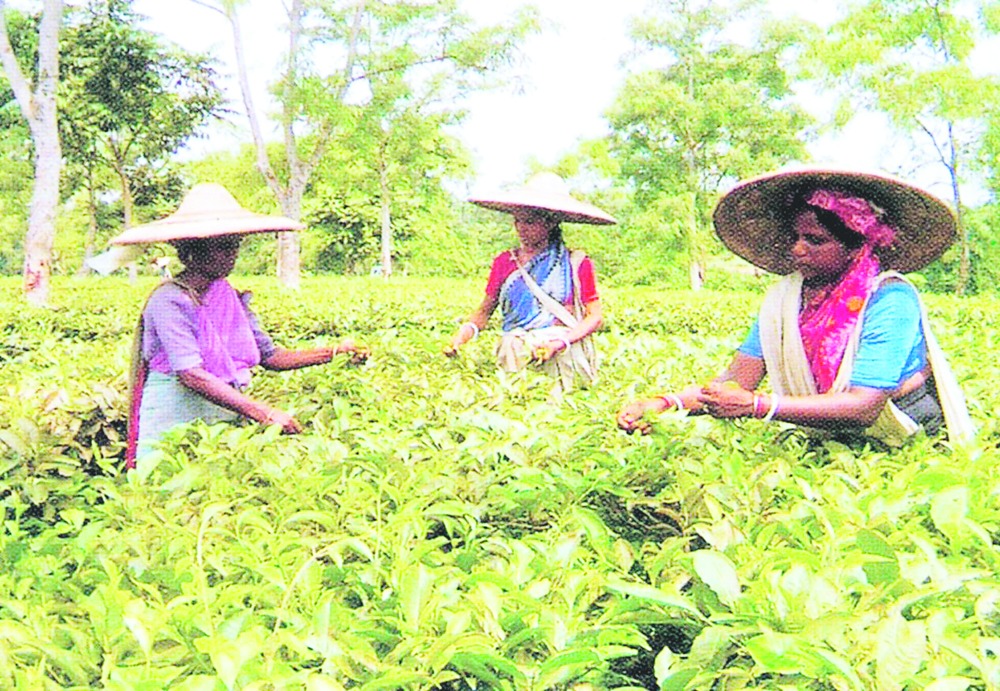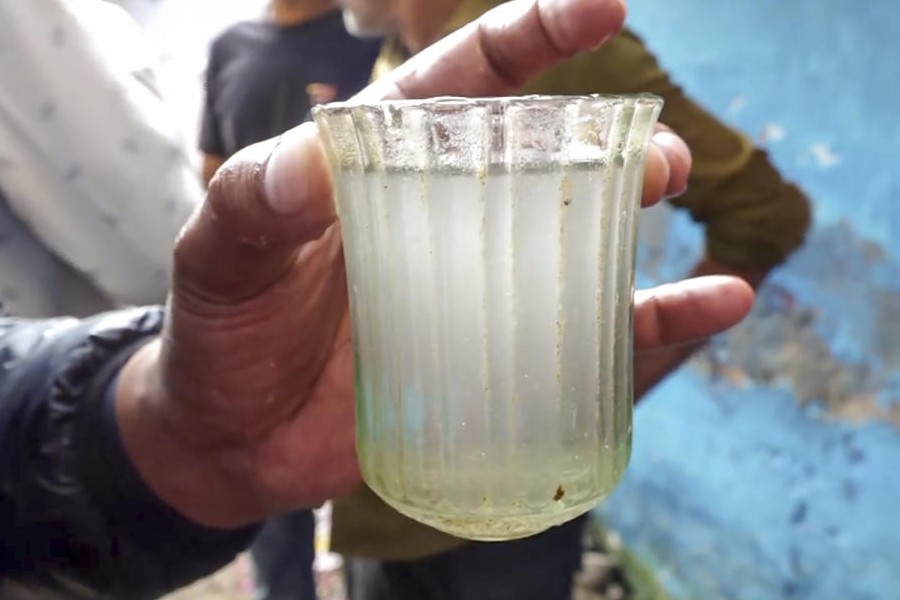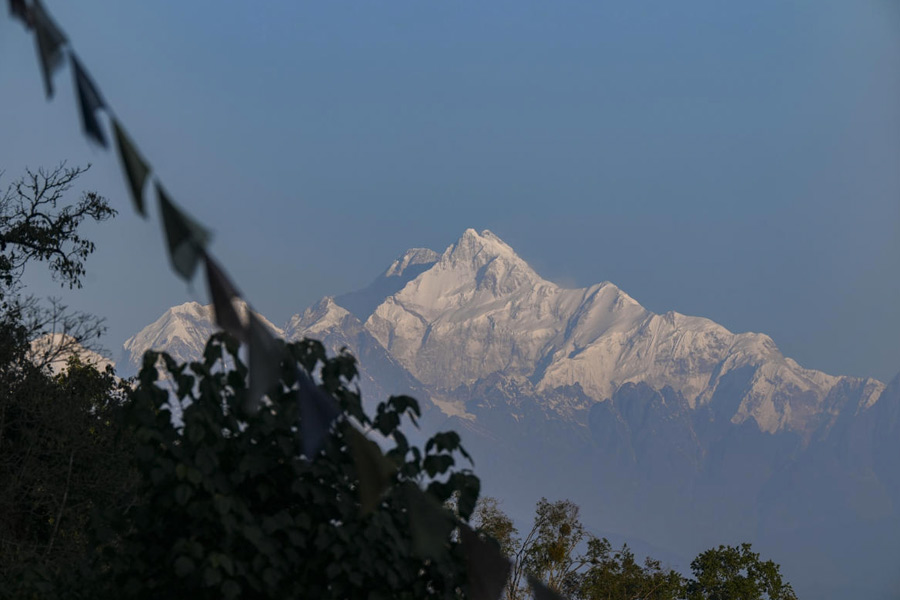
Guwahati, April 11: Climate change will make many tea-growing areas in Assam to become unsuitable for tea by 2050, a new study has found.
The study, "Impact of future climate on tea growing regions of Assam," was done by Tea Research Association (TRA) as part of the Tata Global Beverages - Ethical Tea Partnership to generate predictions of climate changes that would take place in India's tea-growing regions in the next 50 years.
The project is mapping the predicted impact of climate change in four tea production regions of Assam - Upper Assam, south bank, north bank, and Cachar - to create likely scenarios of future suitability for tea growth in the four regions by the year 2050.
The preliminary results of the climate modelling were released at a meeting in Calcutta on April 9.
The meeting was organised by Indian Tea Association (ITA), Tea Research Association (TRA), Ethical Tea Partnership (ETP) and Sustainable Trade Initiative (IDH) and was attended by tea producers, packers, international tea-packing companies and development organisations to discuss the critical issues facing the Indian tea sector.
Assam is the largest single tea-growing region in the world and the productivity (both in terms of quantity and quality) requires a specific range of environ-climatic conditions. Precipitation and temperature are two factors, among others, which highly influence productivity.
The current suitability shows that the south bank region, parts of Upper Assam and Cachar are suitable regions (very good and excellent suitability) whereas the north bank region is comparatively less suitable.
"The predicted probability distribution of tea in the future shows that 35 years from now, the suitability of these regions would reduce drastically across all the tea-growing regions and shifting of tea would be observed in comparatively higher altitude areas of Karbi Anglong, Dima Hasao and Tinsukia districts," the study, authored by chief scientist of Tea Research Association, R.M. Bhagat, said. The modelling was carried out using the current climate data as the base and future climate data were generated through several global circulation models. Variables included are monthly total precipitation and monthly mean, minimum and maximum temperatures among others.
"Not many areas will remain suitable for tea by 2050, if adaptation measures are not taken seriously," Bhagat told The Telegraph.
It says the drastic change in suitability is because of the change in seasonality of rainfall, which has maximum influence on future suitability. "Both minimum and maximum temperatures were found to increase across all the major tea-growing regions of Assam, which will have impact on the suitability of tea in a particular region. Rainfall is likely to reduce in the first quarter of the year and the amount of precipitation is likely to increase during monsoon in the four major tea-growing regions of Assam. Seasonality of precipitation was found to have biggest influence# on the suitability of tea growth in a particular region," it says.
The study warns that the future suitability indicates a drastic change, which will have an impact on the tea industry both economically and socially, if the predicted future climate conditions are attained and adaptation measures are not taken up seriously.
"The study is a grim warning of the future and the industry along with the governments will have to join hands to do some mitigation measures," the managing director of Goodricke Group Ltd, Arun Narain Singh, told The Telegraph.
The study says the major challenges for the industry will be increased flooding/waterlogging during monsoon because of an increase in precipitation while the first flush and second flush crop may be affected owing to reduction in precipitation in the first quarter of the year.











